austin osman spare
︎Artist, Painting, Occult
︎ Ventral Is Golden
austin osman spare
︎Artist, Painting, Occult
︎ Ventral Is Golden
“For I am I: ergo, the truth of myself; my own sphinx, conflict, chaos, vortex - asymmetric to all rhythms, oblique to all paths. I am the prism between black and white: my own unison in duality.”
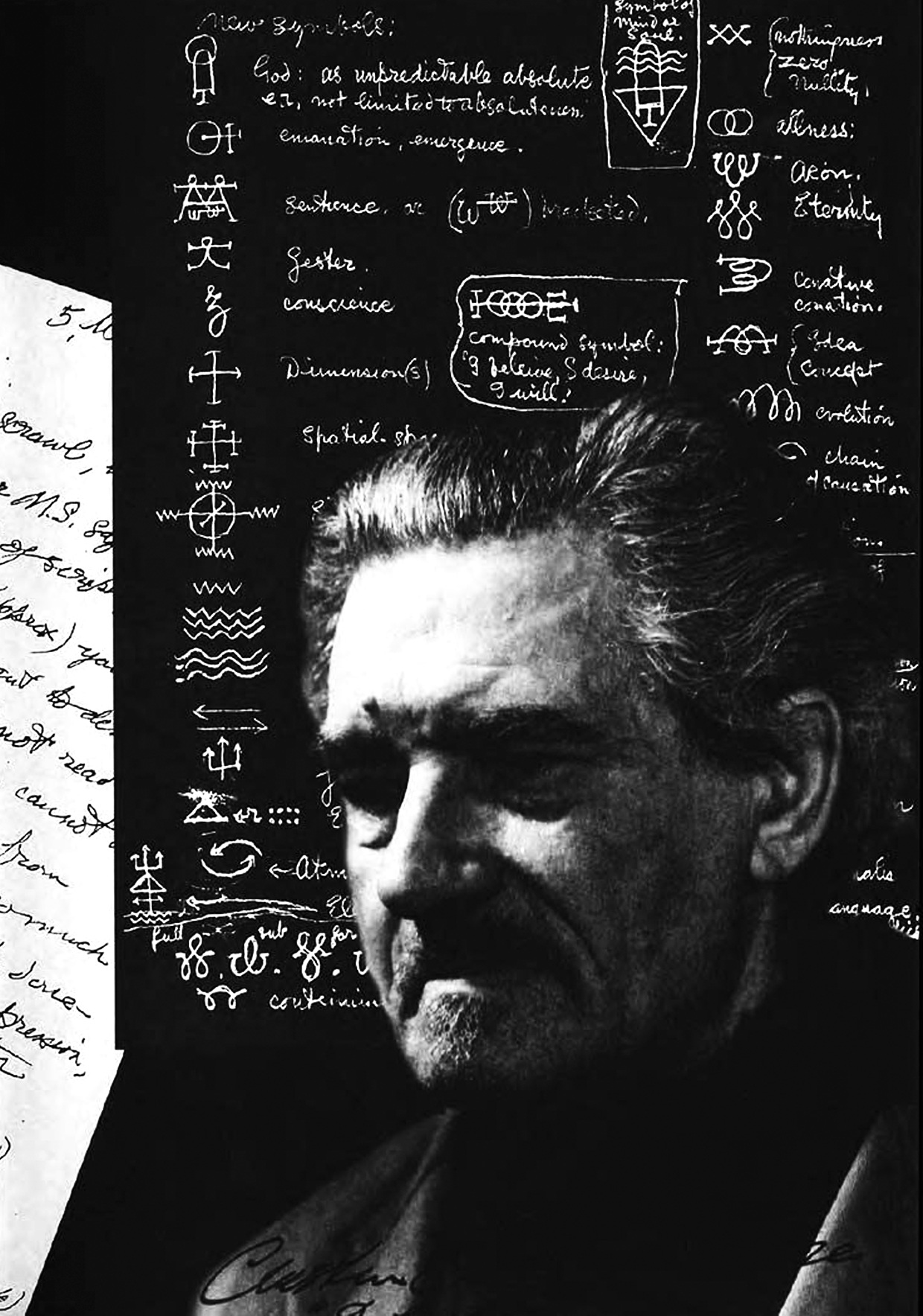
Born in 1886 in South London near Smithfield Market to a working-class family, Austin Osman Spare, the son of a City of London Police Officer, would have his creative talents aided in rather unusual circumstances. Firstly, in part, by the creative, educational insights of his mother, secondly by Mrs. Paterson; a local sorceress who claimed a line of descent from the Salem Witches, and thirdly, by purportedly being able to channel the spirits of dead artists such as William Blake.
An undoubted artistic genius, considered by many at the time to be England’s finest nude portrait painter, Spare gained a scholarship to study at the Royal College of Art, and at seventeen years of age (1904) became the youngest entrant into their summer exhibition. However, Spare became dissatisfied with the style of teaching he was receiving, and also the subsequent press attention he gained from the renowned exhibition, then promptly left the Royal Academy the same year without gaining any qualifications.
Forsaking the fleshpots and salons of Upper Bohemia and the artistic elite, Sprare sold his paintings for £5 in local pubs and lived in an ill-furnished cellar full of stray cats near Brixton Road in London.
It was in these following years where he would broaden his artistic research to comprise of eastern based, philosophical elements such as Taoism, proto-surrealism, and the basic teachings he learned as a child through the mysticism of Mrs. Paterson. His drawings would also eventually attract the attention of fellow occultist Aleister Crowley.
An undoubted artistic genius, considered by many at the time to be England’s finest nude portrait painter, Spare gained a scholarship to study at the Royal College of Art, and at seventeen years of age (1904) became the youngest entrant into their summer exhibition. However, Spare became dissatisfied with the style of teaching he was receiving, and also the subsequent press attention he gained from the renowned exhibition, then promptly left the Royal Academy the same year without gaining any qualifications.
Forsaking the fleshpots and salons of Upper Bohemia and the artistic elite, Sprare sold his paintings for £5 in local pubs and lived in an ill-furnished cellar full of stray cats near Brixton Road in London.
It was in these following years where he would broaden his artistic research to comprise of eastern based, philosophical elements such as Taoism, proto-surrealism, and the basic teachings he learned as a child through the mysticism of Mrs. Paterson. His drawings would also eventually attract the attention of fellow occultist Aleister Crowley.

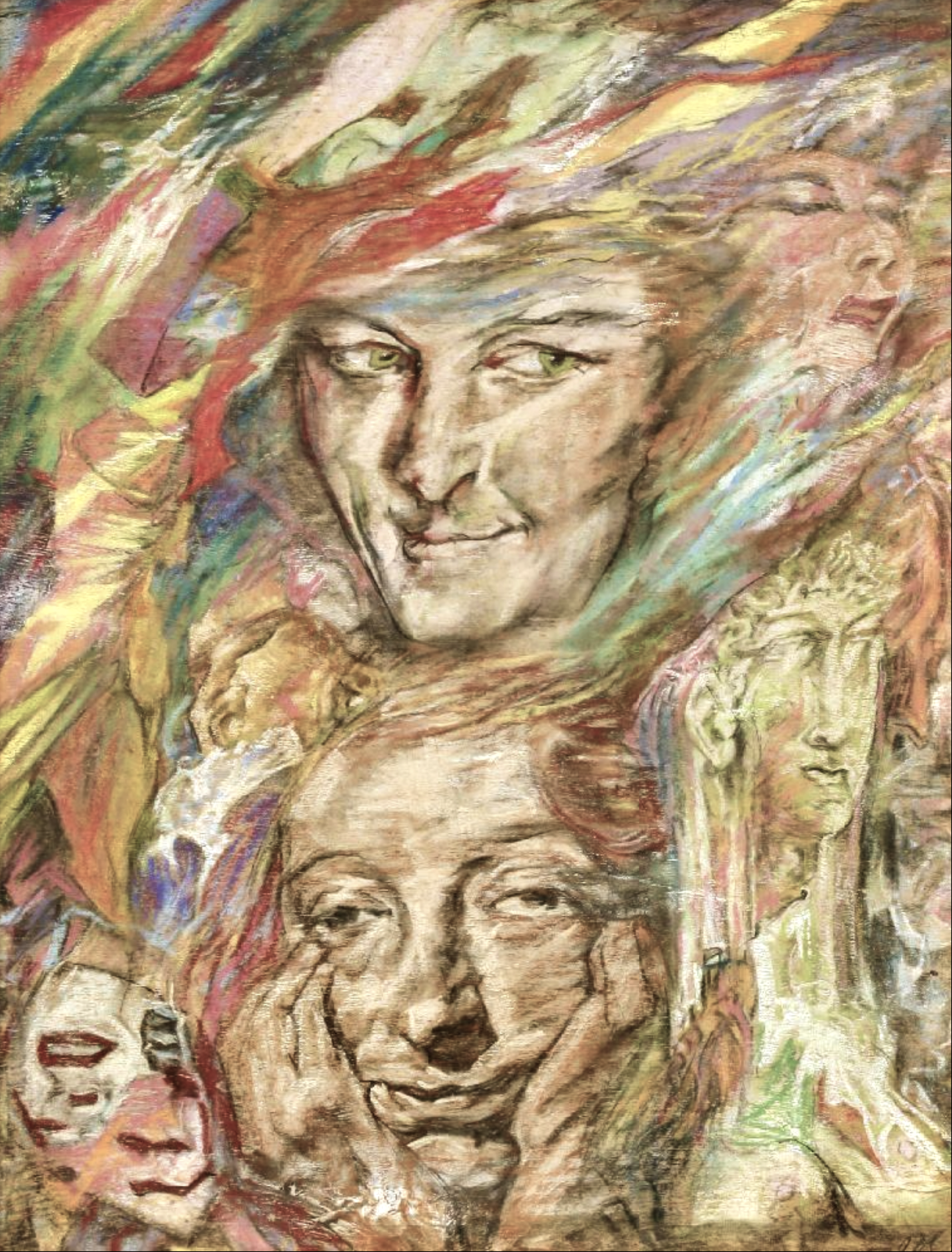
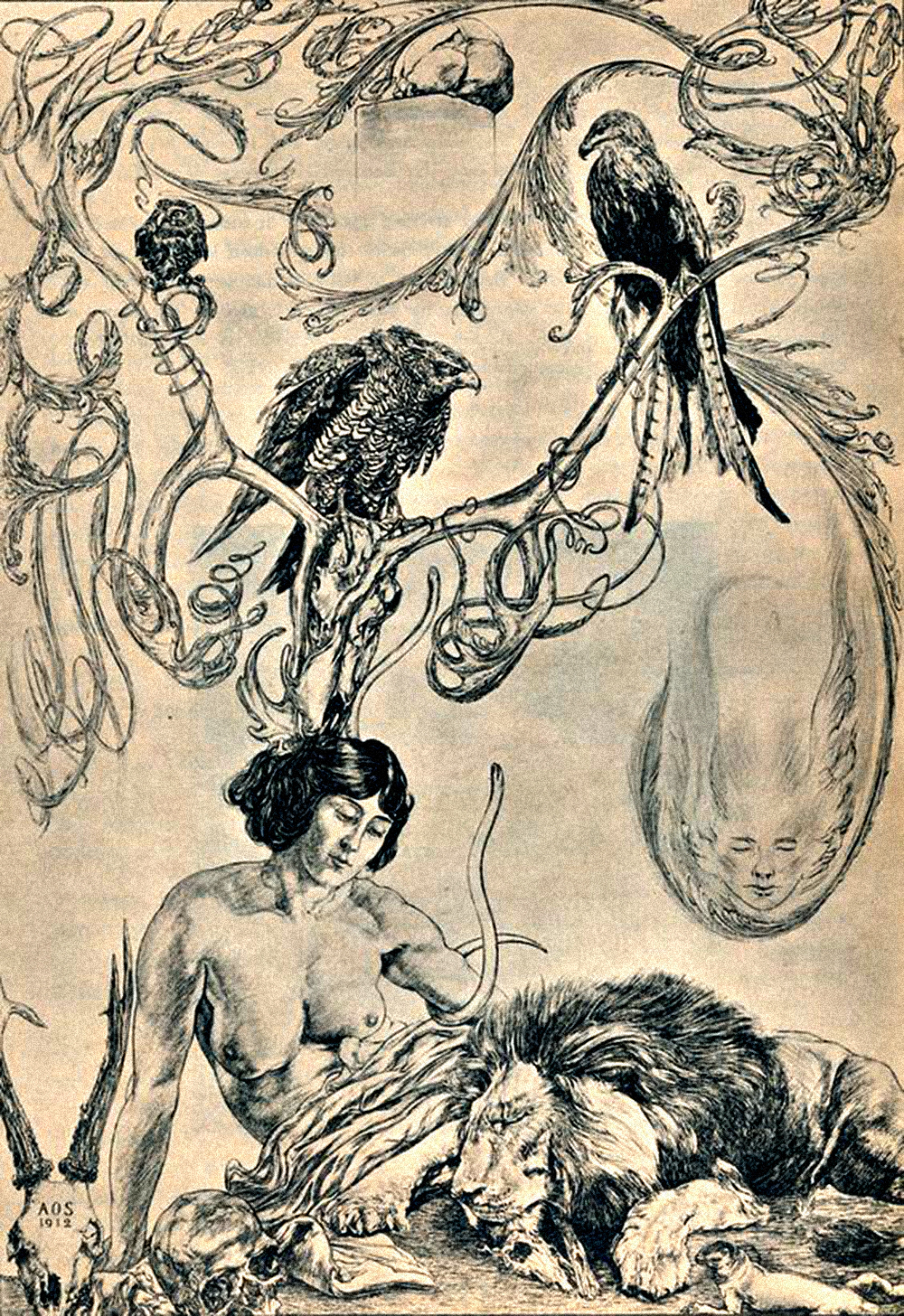
Although Spare immersed himself into occult magical practices, he ultimately disliked figures such as Crowley due to his overemphasis on hierarchical structures within his organisations, preferring instead a more intuitive philosophical approach, often referring back to his early childhood meetings with the sorceress, Mrs. Paterson. Spare revealed that “she lived to be a hundred and one and used to tell my fortune when I was quite young. She was so accurate and so detailed in her forecast of future events that everybody was very impressed with her. She was married to a doctor; but she had gypsy blood in her veins. Full of love and kindness towards everybody, she was like a child. She lived in a very tough neighbourhood, and the roughest characters respected her.”
He would later organise a reading between Mabel Beardsley, sister of the prominent art nouveau artist Aubrey, and Mrs. Paterson. At the time, she was too kind to tell Mabel herself, but privately told Spare, that she would be dead in two years. He recounted, “she died two years later in a nursing home... although she had not been told what would happen, but instead was given courage and good heart. About her forthcoming illness, the old lady (Paterson) just said to her, ‘Be very careful about your health.”
He would later organise a reading between Mabel Beardsley, sister of the prominent art nouveau artist Aubrey, and Mrs. Paterson. At the time, she was too kind to tell Mabel herself, but privately told Spare, that she would be dead in two years. He recounted, “she died two years later in a nursing home... although she had not been told what would happen, but instead was given courage and good heart. About her forthcoming illness, the old lady (Paterson) just said to her, ‘Be very careful about your health.”
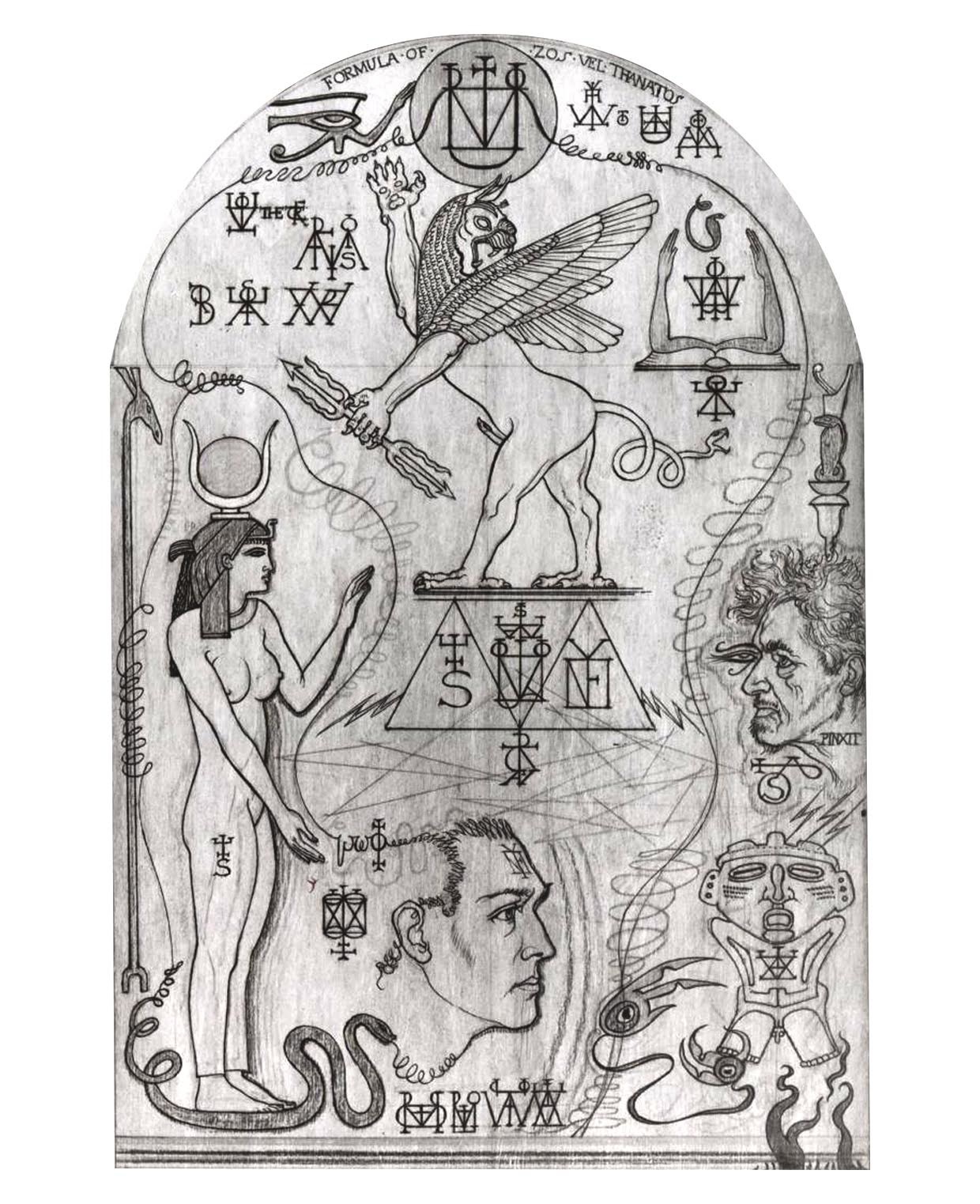





Mrs. Paterson also taught Spare the art of ‘Thought-Projection’. During some readings, it was said that the old woman could look into a dark corner of the room and manifest the future of her subjects. After learning this technique, Spare is said to have used it in all manner of ways, such as magically procuring a pair of slippers for naval intelligence officer and pyschic researcher, Everard Feilding, as well as conjuring a rain cloud inside his own studio. In addition, he would also use this technique to aid himself on journeys through the unconscious mind, and would write systematically about his methods in works entitled, ’The Book of Pleasure: The Psychology of Ecstasy’ (1913), and ‘The Focus of Life’ (1921).
Another method called ‘automatic drawing’ (which was later popularised by the Surrealist movement), enabled Spare to draw, usually at midnight, without any light, and without his pencil ever leaving the page. Being a firm believer in reincarnation, Spare felt that each person's past lives, in a variety of human and animal forms, were retained within the subconscious, and that this could be tapped into by allowing oneself to engage in such techniques of sensory depravation, a technique Spare himself termed ‘Atavistic Resurgence’.
It was on such inner journeys that Spare found inspiration for the fantastical menagerie of creatures and semi-human figures visible in so much of his art.
![]()
Another method called ‘automatic drawing’ (which was later popularised by the Surrealist movement), enabled Spare to draw, usually at midnight, without any light, and without his pencil ever leaving the page. Being a firm believer in reincarnation, Spare felt that each person's past lives, in a variety of human and animal forms, were retained within the subconscious, and that this could be tapped into by allowing oneself to engage in such techniques of sensory depravation, a technique Spare himself termed ‘Atavistic Resurgence’.
It was on such inner journeys that Spare found inspiration for the fantastical menagerie of creatures and semi-human figures visible in so much of his art.
“His attention also turned towards the worlds of alchemy, magic, tarot, sigils and the notion of the ‘Zos’ and the ‘Kia’, a philosophical approach, created by Spare, in order to describe respectively, the physical body and the state of in-betweenness that lay beyond it.”
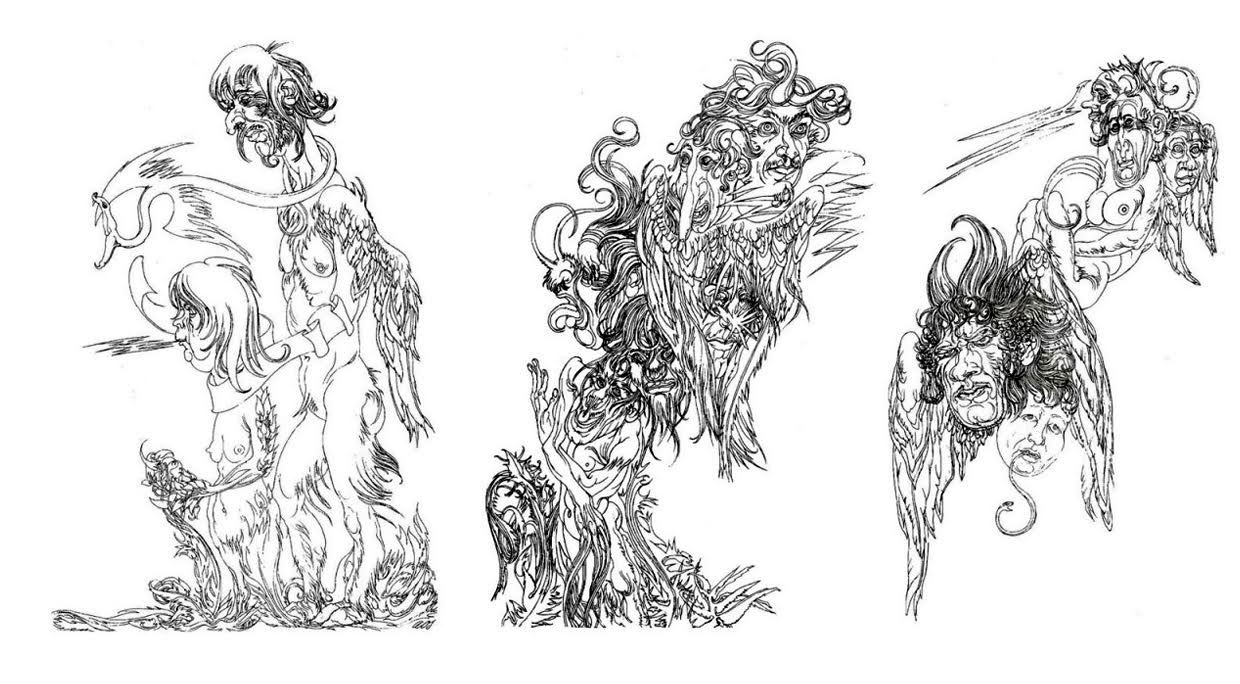
Spare’s attention also turned towards the world of alchemy, magic, tarot, sigils and the notion of the ‘Zos’ and the ‘Kia’ - a philosophical approach, created by Spare in ‘The Book of Pleasure’ (1913), in order to describe respectively, the physical body and the state of in-betweenness that lay beyond it (or the ’Neither-Neither’ states of existence). Alongside this came his increasing fasciation with forming sigils and an ‘alphabet of desire’.
He described the process of sigilation as follows;
“Enshrine your desire in a short sentence; write out the sentence and then put down all the individual letters of which it is composed, omitting any repetition of a letter. When the sentence has been reduced to a minimum number of letters, unite them graphically in one composite glyph which does not suggest the nature of the desire. Then— and this is of great importance—forget the desire and sink the sigil in the subconsciousness.”
Much like the Egyptian notion of the Medu-Neter, the alphabet of desire was an attempt to imbue each letter with a sensation, and each glyph without any unnecessary elements, so as not to bring about any useless interpretations.
According to occult writer Kenneth Grant on his essays of Spare, “in the alphabet of desire each letter represents a 'sensation thinking,' an aesthetic concept localized in a stratum of past memory appropriate to its form and nature. This subtle alphabet can be used to call forth elemental automata and the spirits of other spheres.” (source).
![]()
He described the process of sigilation as follows;
“Enshrine your desire in a short sentence; write out the sentence and then put down all the individual letters of which it is composed, omitting any repetition of a letter. When the sentence has been reduced to a minimum number of letters, unite them graphically in one composite glyph which does not suggest the nature of the desire. Then— and this is of great importance—forget the desire and sink the sigil in the subconsciousness.”
Much like the Egyptian notion of the Medu-Neter, the alphabet of desire was an attempt to imbue each letter with a sensation, and each glyph without any unnecessary elements, so as not to bring about any useless interpretations.
According to occult writer Kenneth Grant on his essays of Spare, “in the alphabet of desire each letter represents a 'sensation thinking,' an aesthetic concept localized in a stratum of past memory appropriate to its form and nature. This subtle alphabet can be used to call forth elemental automata and the spirits of other spheres.” (source).

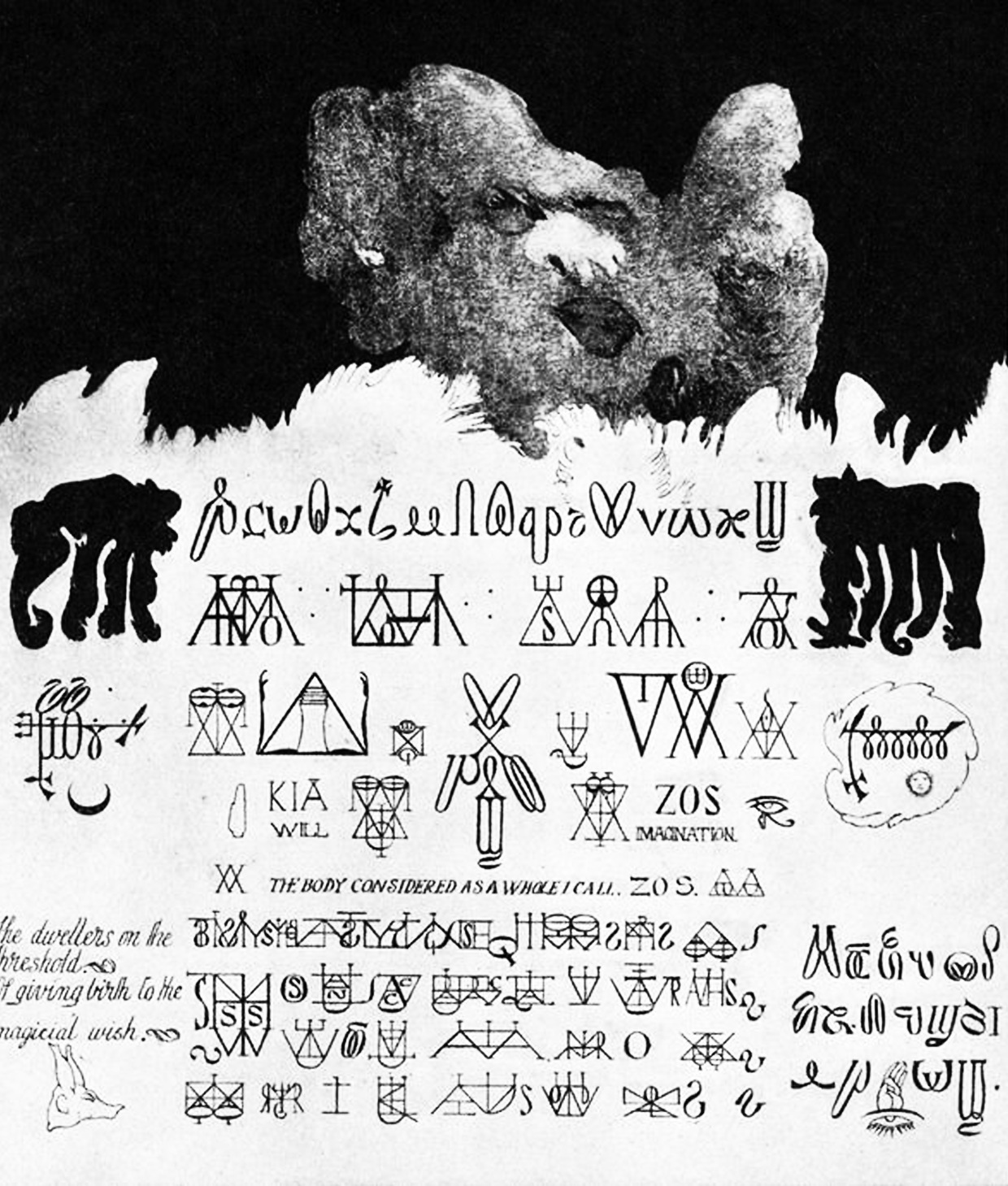

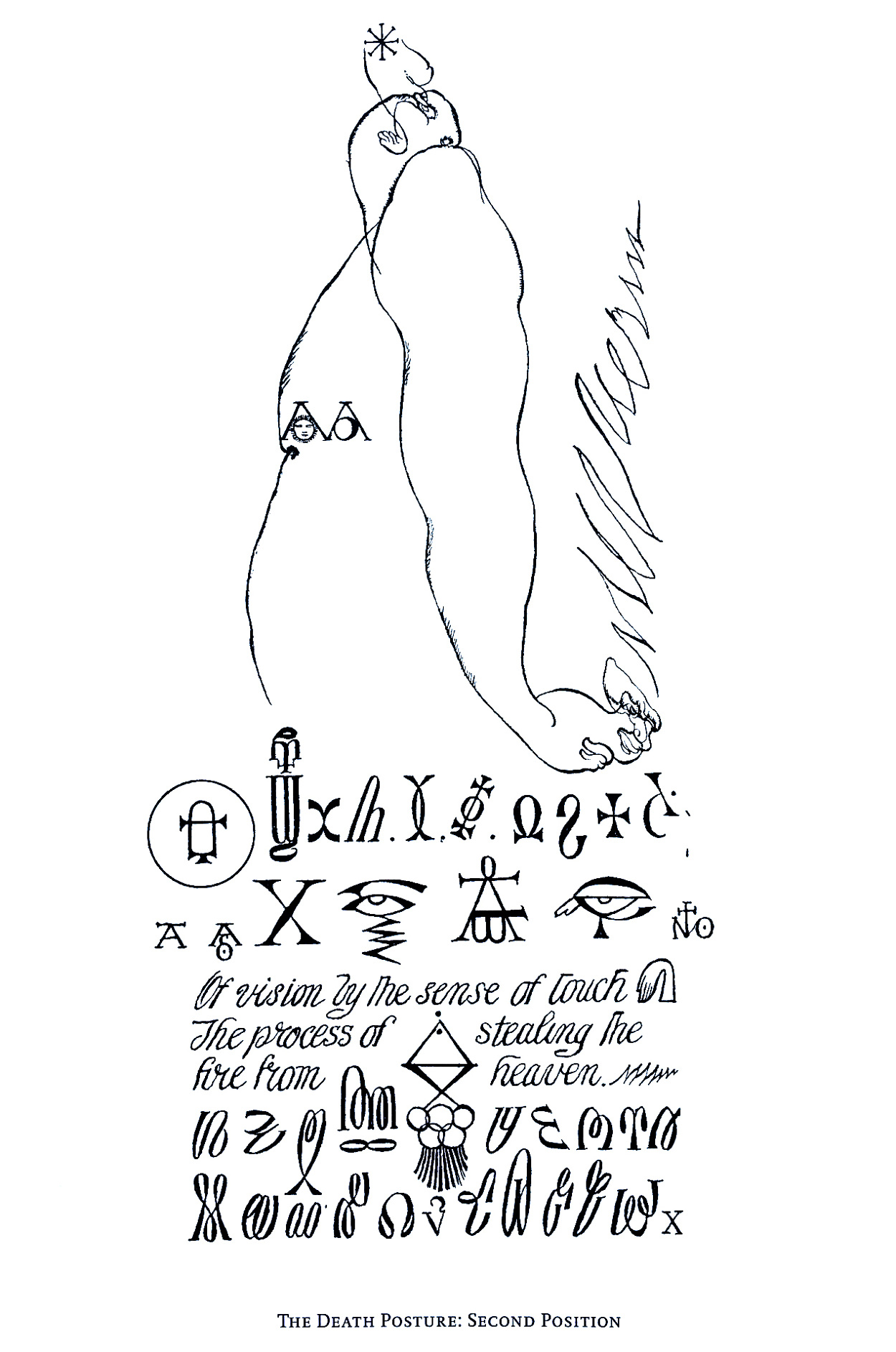

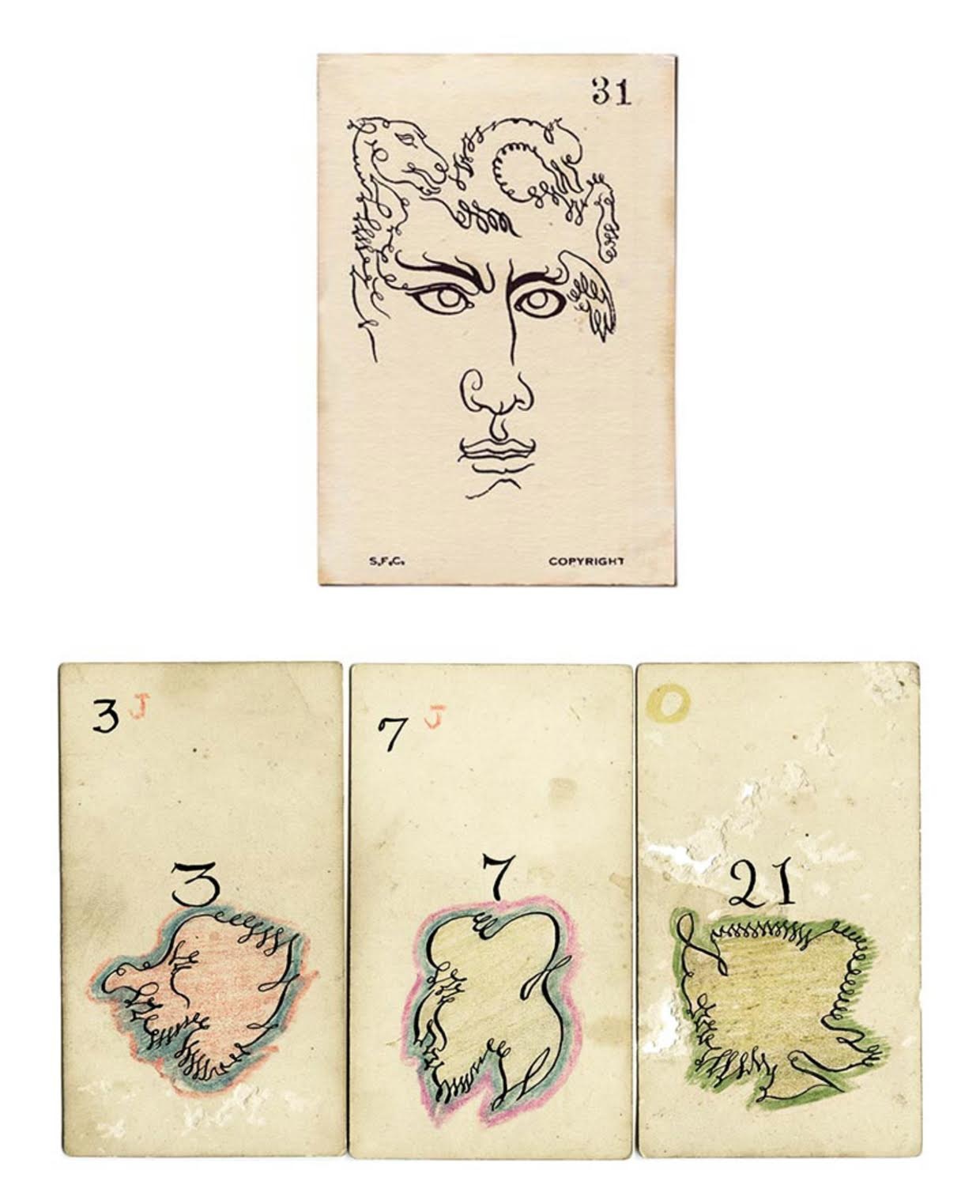
Much of Spare’s work is highly autodidactic and favours personal connections to universal truths. From his automatic renderings of animal totems merging with the human form, channeling the spirit of William Blake whilst drawing in complete darkness, to his fiercely modern approach to magic and subsequent spawning of Chaos Magic, much of Spare’s works and writings have remained almost allusive to both the art world and the art education curriculum in general.
One final mythic twist in the life of Austin Osman Spare came in 1936, when he apparently rejected the chance of international fame and recognition, in favour of living a humble life with his adopted cats. When a member of the German Embassy bought one of his paintings, he later gifted it to Adolf Hitler. Being so impressed, Hitler commissioned Spare to paint his portrait.
Spare replied;
“Only from negations can I wholesomely conceive you.
For I know of no courage sufficient to stomach your aspirations.
If you are superman, let me be forever animal.”
One final mythic twist in the life of Austin Osman Spare came in 1936, when he apparently rejected the chance of international fame and recognition, in favour of living a humble life with his adopted cats. When a member of the German Embassy bought one of his paintings, he later gifted it to Adolf Hitler. Being so impressed, Hitler commissioned Spare to paint his portrait.
Spare replied;
“Only from negations can I wholesomely conceive you.
For I know of no courage sufficient to stomach your aspirations.
If you are superman, let me be forever animal.”
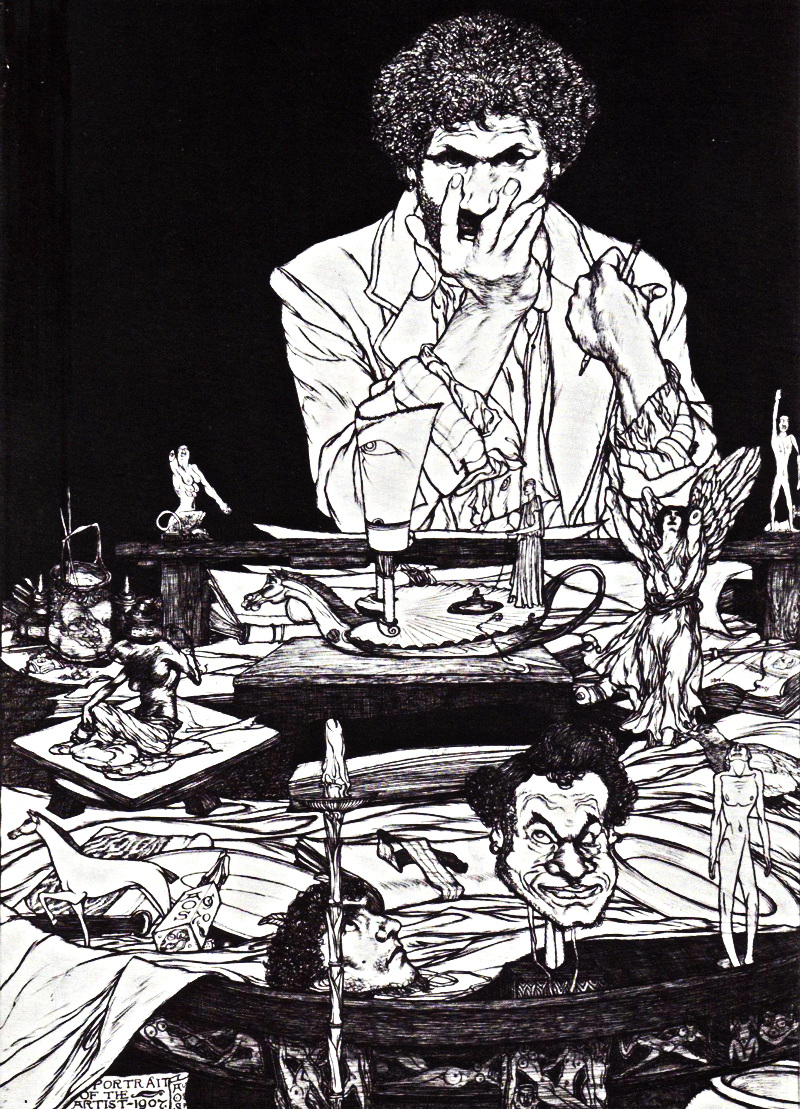
Further Reading ︎
Books and biography
‘Lost Envoy’, Book on Spare’s Tarot card designs
Book scans, The Book of Pleasure
‘Lost Envoy’, Book on Spare’s Tarot card designs
Book scans, The Book of Pleasure